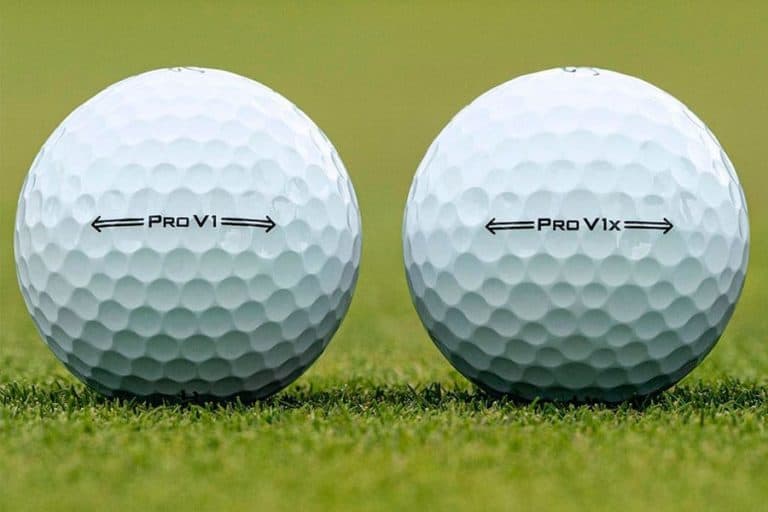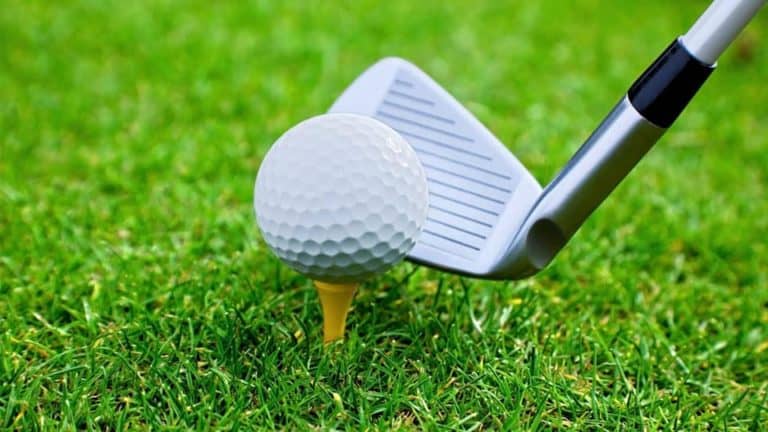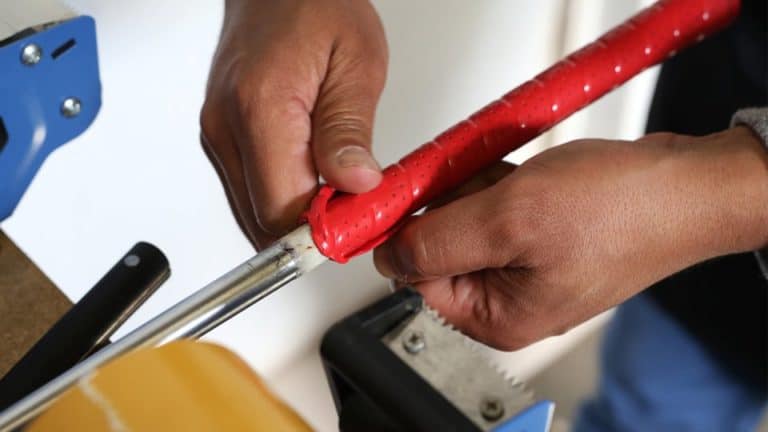What Do The Numbers On Golf Balls Mean?

Golf balls are often labeled with numbers that indicate the ball’s compression rating, or some do it for identification purposes. This article deciphers the numerical figures on golf balls and their meanings.
It is intriguing to know that the numbers on a golf ball actually have meaning.
Many do not pay much attention to the number printed on their golf ball as they may think it is a trivial detail.
However, the numbers are an important aspect of a golf ball as they indicate different things which can serve very useful during the game.
I. The reason for printing numbers
Most golf ball manufacturers mark golf balls with numbers for a simple reason: identification. The numbers help golfers distinguish between the same type of balls played by different people on the course.
It’s common for two or more players in a group to use identical models of golf balls. Having distinct identifiers is essential if they don’t want their shots confused.
However, there are multiple other reasons for the numbers to be printed on the golf ball apart from differentiating one golf ball from the other on the golf course.
II. The single-digit number for identification
It’s common for golfers to try and keep track of their individual balls by a single-digit number printed on the golf balls.
Manufacturers include these numbers, typically close to the brand name or logo, so players can differentiate between one ball and another and not hit the wrong golf ball.
This numbering system ensures that even if you’re playing with others golfers using golf balls of the same brand with the same balls, you’ll never get them mixed up.
Golf ball producers typically number their golf balls from 1 to 4, although some infrequently mark them with a digit ranging from 0 to 9.
Most major manufacturers like Titleist, Callaway, Srixon, TaylorMade, and Bridgestone print numbers 1-4 on their golf balls. This is because most golfers usually purchase golf balls in a box with a dozen.
These 12 golf balls are organized in a way that each sleeve in the box contains 3 balls. Thus, one box has 4 sleeves to contain a dozen. Therefore, the 12 balls in those 4 sleeves of the box are numbered from 1-4.
Generally, manufacturers print the numbers in black or red. While the color may have held significance in the past, it doesn’t mean anything specific in today’s day and age.
However, no golf rules states that a player needs to use the same numbered ball for the entire game.
III. The double-digit number for the compression rating
The two-digit number on the golf ball means the golf ball compression rating.
Compression is a measure of how much the golf ball compresses and then rebounds when you hit it. The higher the compression rating, the harder the ball will be, and vice versa for a lower compression rating.
The compression rating can help determine how far your shots will go and its feel.
Generally, the higher compression rating will cause it to go farther but have a harder feel. Lower compression, on the other hand, may not fly as far but provide more of a softer overall feel.
Players with slower swing speeds (below 85 mph) usually benefit from using lower-compression golf balls, while those with faster swing speeds may prefer higher compression ratings.
Given the unfavorable reputation of low compression ratings, many golf ball manufacturers have discontinued having the numbers printed in their designs.
IV. The triple-digit number for the number of dimples
The three-digit number is the dimple count. For most golf balls, the dimple count typically ranges from 300 to 500. The number of dimples on a golf ball affects its flight, trajectory, and spin. As a golfer, understanding what each number means can help you choose the right equipment for your game.
Golf balls with fewer dimples fly straighter, while those with higher numbers will curve more in the air. This is because these indentations help create lift and reduce drag as the ball moves through the air.
After 2005, Titleist PRO V1’s no longer displayed the number 392 on its cover as golfers had come to recognize this as a sign of an elite quality product. Removing it was also used to distinguish between the original version with 392 dimples and the newer version with 332 dimples, which is PRO V1X.
V. Personalized numbers
Adding lucky numbers to the golf ball is a common practice and is a great way to make it feel more unique and personal. You can even get custom messages printed on the balls, like your name or initials.
Several golf ball manufacturing companies offer services to customize the golf balls for the players. There are no restrictions to the numbers you choose. They usually give an option for the golf ball numbers to be anything between 00-99.
Conclusion
The primary purpose of the numbers on the golf balls is identification so0 that other players do not hit the same golf ball on the golf course. However, there are other reasons for the numbers getting printed on the golf balls. It is critical to understand these numbers if one intends to be fully educated about the game and play like a champion.








